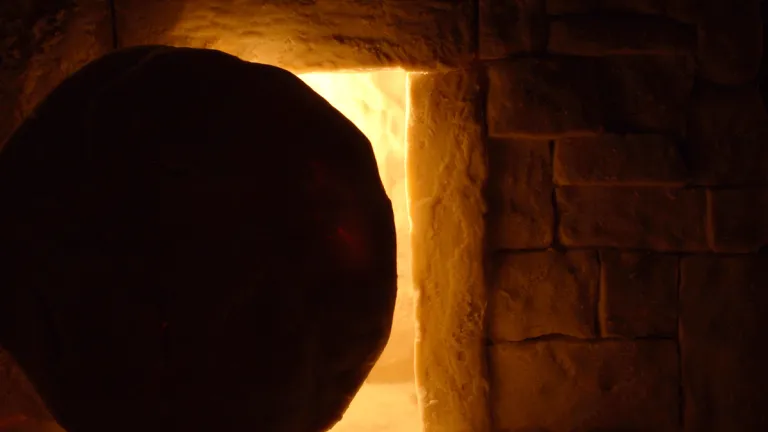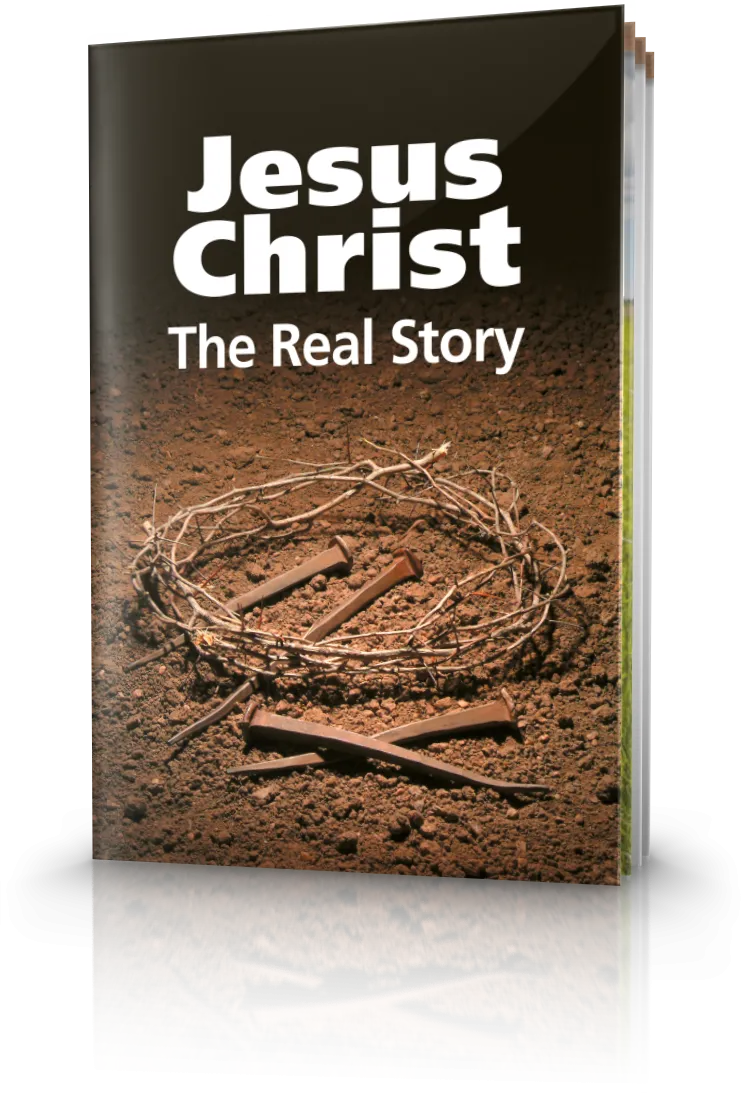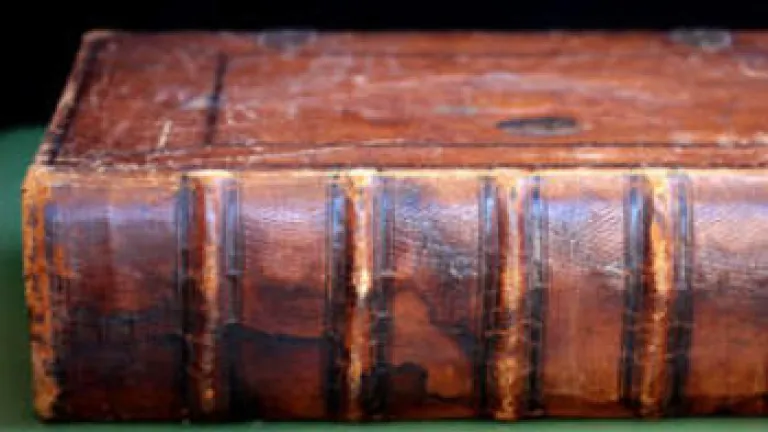When Was Jesus Christ Crucified and Resurrected?

How can we fit three days and three nights between a Friday-afternoon crucifixion and a Sunday-morning resurrection? Examine what the Bible really says.
In Matthew 12:38, some of the scribes and Pharisees asked Jesus for a sign to prove He was the Messiah. But Jesus told them that the only sign He would give was that of the prophet Jonah: "For as Jonah was three days and three nights in the belly of the great fish, so will the Son of Man be three days and three nights in the heart of the earth" (Matthew 12:40).
But how can we fit "three days and three nights" between a Friday-afternoon crucifixion and a Sunday-morning resurrection? This traditional view allows for Jesus to have been entombed for only a day and a half.
Some believe that Christ's "three days and three nights" statement does not require a literal span of 72 hours, reasoning that a part of a day can be reckoned as a whole day. Thus, since Jesus died in the afternoon, they think the remainder of Friday constituted the first day, Saturday the second and part of Sunday the third. However, they fail to take into consideration that only two nights—Friday night and Saturday night—are accounted for in this explanation. Something is obviously wrong with the traditional view regarding when Christ was in the tomb.
Jonah 1:17, to which Christ referred, states specifically that "Jonah was in the belly of the fish three days and three nights." We have no basis for thinking that Jesus meant only two nights and one day, plus parts of two days. If Jesus were in the tomb only from late Friday afternoon to early Sunday morning, then the sign He gave that He was the prophesied Messiah was not fulfilled.
Let's carefully examine the details from the Gospels. When we do, we uncover the real story of how Jesus' words were fulfilled precisely.
Notice the events outlined in Luke 23. Jesus' moment of death, as well as His hasty burial because of the oncoming Sabbath that began at sundown, is narrated in Luke 23:46-53. Luke 23:54 then states, "That day was the Preparation, and the Sabbath drew near."
Many have assumed that it is the weekly Sabbath mentioned here, and that Jesus was therefore crucified on a Friday. But John 19:31 shows that this approaching Sabbath "was a high day"— not the weekly Sabbath (Friday sunset to Saturday sunset) but the first day of Unleavened Bread, which is one of God's annual high, or Sabbath, days (Exodus 12:16-17; Leviticus 23:6-7). These annual Holy Days could—and usually did—fall on days of the week other than the regular weekly Sabbath day.
This high-day Sabbath was Wednesday night and Thursday, since Luke 23:56 shows that the women, after seeing Christ's body being laid in the tomb just before sunset, "returned and prepared spices and fragrant oils" for the final preparation of the body.
Such work would not have been done on a Sabbath day since it would have been considered a violation of the Sabbath. This is verified by Mark's account, which states, "Now when the Sabbath was past, Mary Magdalene, Mary the mother of James, and Salome bought spices [which they would not have purchased on the high-day Sabbath], that they might come and anoint Him" (Mark 16:1).
The women had to wait until this annual "high day" Sabbath was over before they could buy and prepare the spices to be used for anointing Jesus' body. Then, after purchasing and preparing the spices and oils on Friday, "they rested on the Sabbath according to the commandment" (Luke 23:56). This second Sabbath mentioned in the Gospel accounts is the regular weekly Sabbath, observed from Friday sunset to Saturday sunset.
By comparing details in both Gospels—where Mark tells us the women bought spices after the Sabbath and Luke relates that they prepared the spices before resting on the Sabbath—we can clearly see that two different Sabbaths are mentioned. The first, as John 19:31 tells us, was a "high day"—the first day of the Feast of Unleavened Bread—which, in A.D. 31, fell on a Thursday. The second was the weekly seventh-day Sabbath.
After the women rested on the regular weekly Sabbath, they went to Jesus' tomb early on the first day of the week (Sunday), "while it was still dark" (John 20:1), and found that He had already been resurrected (Matthew 28:1-6; Mark 16:2-6; Luke 24:1-3).
When we consider the details in all four Gospel accounts, the picture is clear. Jesus was crucified and entombed late on Wednesday afternoon, just before a Sabbath began at sunset. However, that was a high-day Sabbath, lasting from Wednesday sunset to Thursday sunset that week, rather than the regular weekly Sabbath, lasting from Friday sunset to Saturday sunset.
He remained in the tomb from Wednesday at sunset until Saturday at sunset, when He rose from the dead. While no one witnessed His resurrection (which took place inside a sealed tomb), it had to have happened near sunset on Saturday, three days and three nights after His body was entombed. It could not have happened on Sunday morning, because when Mary Magdalene came to the tomb that morning before sunrise, "while it was still dark," she found the stone rolled away and the tomb empty.
We can be assured that the length of His entombment that Jesus gave as proof He was the Messiah was exactly as long as He foretold. Jesus rose precisely three days and three nights after He was placed in the tomb.
Because most people do not understand the biblical high days Jesus Christ and His followers kept, they fail to understand the chronological details so accurately preserved for us in the Gospels. (For more details, download or request our free booklet Holidays or Holy Days: Does It Matter Which Days We Observe? )





